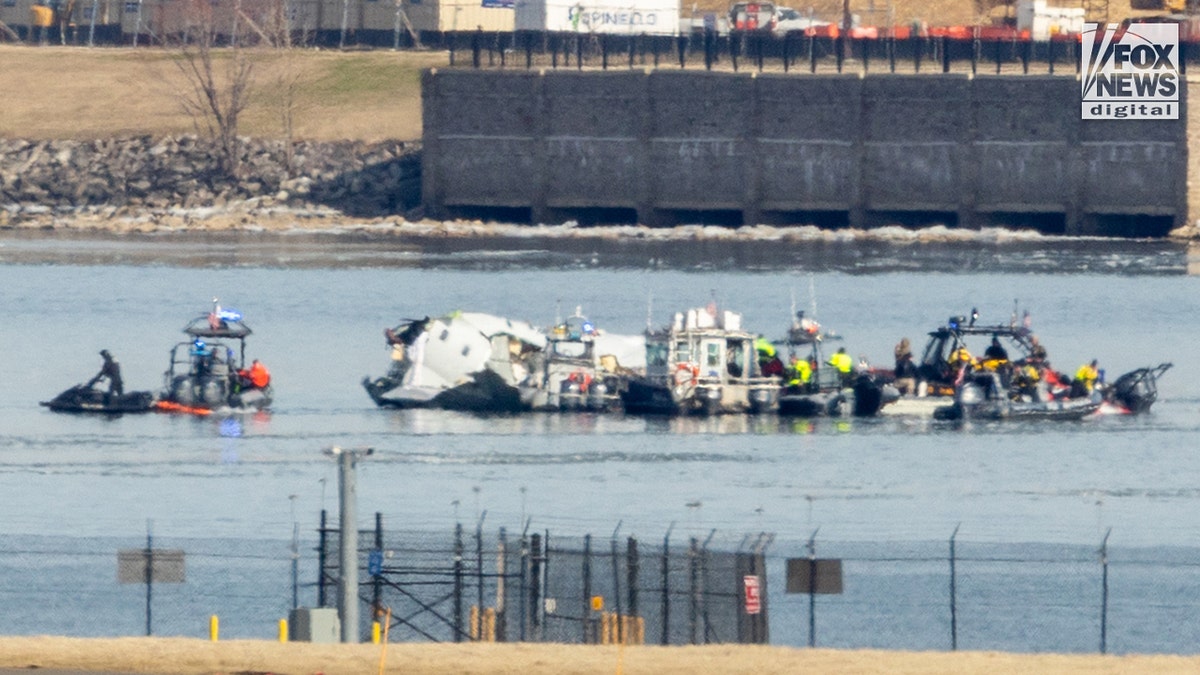
Modernizing America’s Air Traffic Systems: A Critical Imperative
Introduction
The recent midair collision in Washington, D.C., tragically claiming 67 lives, has served as a stark reminder of the urgent need to modernize our nation’s air traffic systems. This tragedy highlights the shortcomings of the Federal Aviation Administration’s (FAA) aging software and antiquated infrastructure, symptomatic of broader systemic problems that have plagued the agency for years.
The Failures of the Past
Under the previous administration, innovation stagnated and safety was compromised due to a bloated bureaucracy prioritizing overregulation and radical Diversity, Equity, and Inclusion (DEI) initiatives over merit. This misguided approach has resulted in unsustainable software systems and a lack of progress in modernizing air traffic management.
Despite significant funding allocated for FAA modernization in 2012, alarming reports from the Government Accountability Office (GAO) indicate that many critical systems remain outdated. Fifty-one out of 138 FAA systems are considered unsustainable, with no plans to complete modernization for some at least a decade. Aging networks at thousands of FAA sites also require upgrades to prevent service disruptions.
Bold Vision for the Future
The current administration is committed to addressing these challenges head-on. Secretary of Transportation Sean Duffy recognizes the urgent need to modernize air traffic systems and has taken immediate action. To this end, he has invited software engineers from SpaceX, America’s leading space launch company, to visit the FAA for a fact-finding mission to identify and address critical issues.
This collaboration with industry experts marks a significant departure from the failed approaches of the past. The private sector has proven its capabilities in innovation and technological advancements, and their insights will be invaluable in overhauling the FAA’s obsolete systems.
Overcoming Challenges
Despite the clear need for reform, partisan criticism is expected. However, the administration will remain steadfast in its commitment to progress, recognizing that solutions require hard work, not empty accusations. Modernizing air traffic systems is essential for enhancing safety, reducing flight delays, and improving travel efficiency.
Building on Success
As part of a broader government-wide restructuring, a small number of FAA probationary employees were recently laid off. However, all air traffic controllers and personnel in critical safety positions were retained. The administration is actively recruiting new air traffic controllers based on competence rather than ideology, ensuring talent, morale, and retention are prioritized.
Conclusion
The tragic events of January 30th have underscored the urgent need for transformative change in our air traffic systems. The administration is determined to honor the victims’ memory by overhauling and upgrading these systems immediately. Collaboration with industry leaders, a commitment to innovation, and a focus on competence will guide this critical modernization effort.
The administration’s bold vision will propel America’s air traffic systems into the 21st century, ensuring the safety, efficiency, and global competitiveness of our nation’s skies. This modernization is a testament to the administration’s unwavering commitment to solving problems and rebuilding America’s infrastructure for the future.
